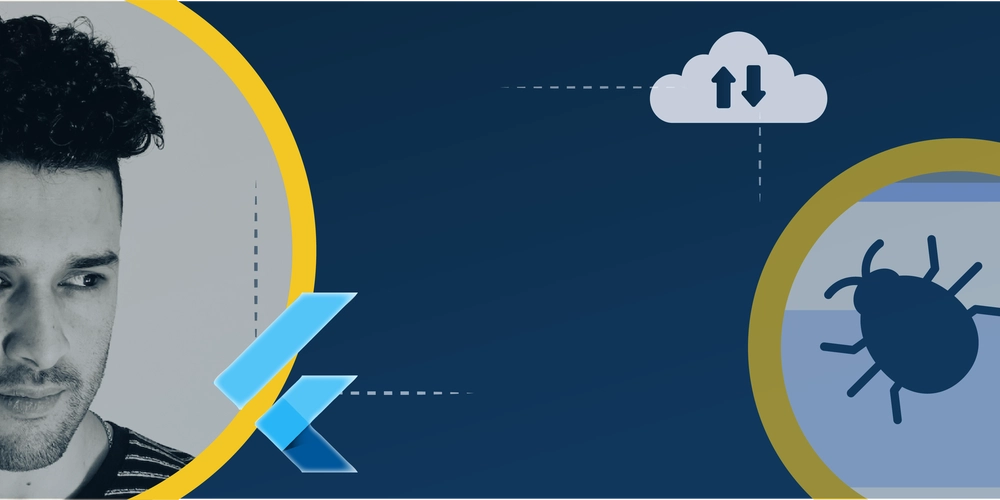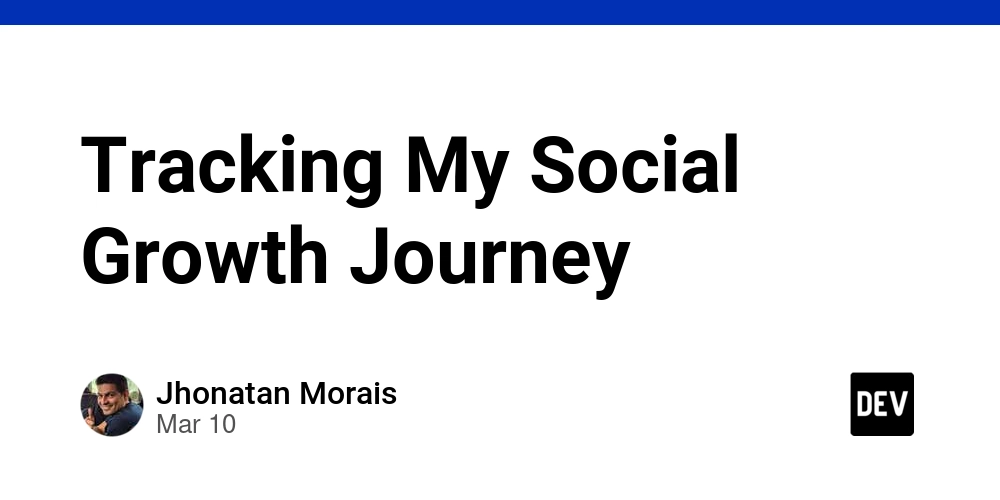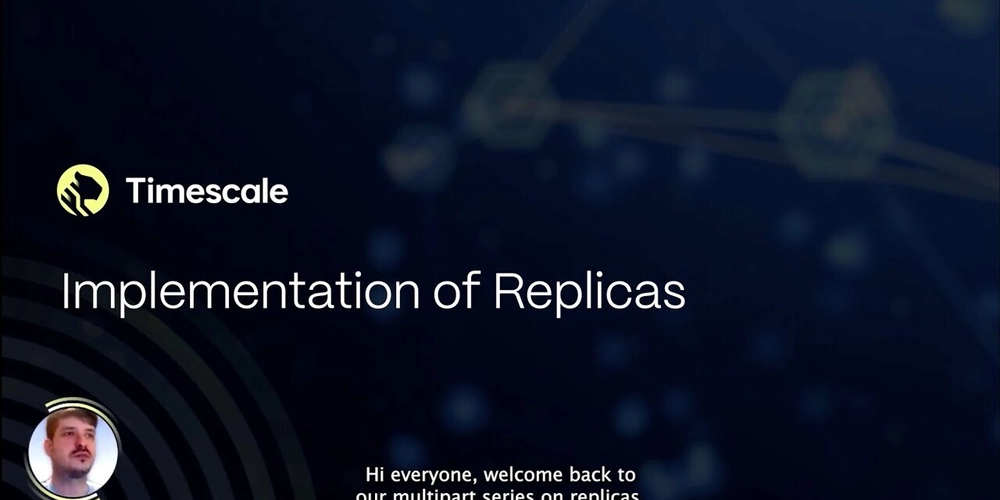Model Driven Flutter Integration Test Masterclass
You know how sometimes we end up making changes to our code, and those changes affect parts of the project we didn’t even think about? Well, I’ve been there too. It happened to me when I launched my first commercial app in 2021. Features change all the time, and it’s tough to make sure everything works after major or minor code changes. And even with unit and widget tests, they weren’t enough to help. It was getting really frustrating to keep the project and the tests in sync. There were just too many changes during development. Despite all that trouble, I didn’t have the confidence that the app would work like it was supposed to. But then, after three years of experimenting and learning about the testing ecosystem, I came up with a solution: Model Driven Integration Test. It’s not just about writing the tests; it’s about structuring them in a way that’s scalable and maintainable. And that’s given me a lot of confidence. I can make changes to the Flutter and backend projects without worrying about breaking anything. This testing style has been a lifesaver. Sometimes, the tests would fail, and they would point out exactly where a feature was failing after making the changes. That was really helpful. Isn’t that what we’re trying to achieve when we write tests? With every new release, we should have the confidence that 99% of the time, our code will work. And if a bug does appear, I just extend the tests to cover that issue, and now it’s even more stable than before. I haven’t found any other way to make sure that every new release won’t be a pain. And I’d love to share this with you. Checkout the course here!

You know how sometimes we end up making changes to our code, and those changes affect parts of the project we didn’t even think about? Well, I’ve been there too. It happened to me when I launched my first commercial app in 2021.
Features change all the time, and it’s tough to make sure everything works after major or minor code changes. And even with unit and widget tests, they weren’t enough to help. It was getting really frustrating to keep the project and the tests in sync. There were just too many changes during development.
Despite all that trouble, I didn’t have the confidence that the app would work like it was supposed to. But then, after three years of experimenting and learning about the testing ecosystem, I came up with a solution: Model Driven Integration Test.
It’s not just about writing the tests; it’s about structuring them in a way that’s scalable and maintainable. And that’s given me a lot of confidence. I can make changes to the Flutter and backend projects without worrying about breaking anything. This testing style has been a lifesaver.
Sometimes, the tests would fail, and they would point out exactly where a feature was failing after making the changes. That was really helpful.
Isn’t that what we’re trying to achieve when we write tests? With every new release, we should have the confidence that 99% of the time, our code will work. And if a bug does appear, I just extend the tests to cover that issue, and now it’s even more stable than before.
I haven’t found any other way to make sure that every new release won’t be a pain. And I’d love to share this with you.









































































































































































![[The AI Show Episode 142]: ChatGPT’s New Image Generator, Studio Ghibli Craze and Backlash, Gemini 2.5, OpenAI Academy, 4o Updates, Vibe Marketing & xAI Acquires X](https://www.marketingaiinstitute.com/hubfs/ep%20142%20cover.png)


























































































































![[FREE EBOOKS] The Kubernetes Bible, The Ultimate Linux Shell Scripting Guide & Four More Best Selling Titles](https://www.javacodegeeks.com/wp-content/uploads/2012/12/jcg-logo.jpg)



![From drop-out to software architect with Jason Lengstorf [Podcast #167]](https://cdn.hashnode.com/res/hashnode/image/upload/v1743796461357/f3d19cd7-e6f5-4d7c-8bfc-eb974bc8da68.png?#)







































































































.png?#)




.jpg?#)




















 (1).webp?#)











_Christophe_Coat_Alamy.jpg?#)








































































































![Rapidus in Talks With Apple as It Accelerates Toward 2nm Chip Production [Report]](https://www.iclarified.com/images/news/96937/96937/96937-640.jpg)








































































































































